Controlling inflammation is a critical component of everything we do here at Clean Cuisine and these five anti-inflammatory foods play a big role in my diet.
We know that inflammation is the common denominator between autoimmune diseases and numerous other seemingly unrelated conditions including heart disease, asthma, allergies, fibromyalgia, arthritis, endometriosis and umpteen others. In fact, just about every single modern day disease has inflammation as an underlying factor.
We also know that inflammation is related to obesity. That fat cells promote inflammation, which lead to more fat cells, which promotes more inflammation. It’s a viscous cycle. And its all bad.
So, in a nutshell, you pretty much want to avoid pro-inflammatory foods and you want to avoid chronic, low-grade inflammation at all costs. And that is exactly what my 5 favorite anti-inflammatory foods will help you do! There are an enormous number of anti-inflammatory foods that exist, but I picked these particular ones because they really do pack an incredible anti-inflammatory punch and they are pretty easy to work into your diet too.

Without further ado, here’s the list….
The 5 Most Anti-Inflammatory Foods to Eat Now
Anti-Inflammatory Food #1: Fish (the fattier the better!)

Why we love it: Fatty fish is rich in two of the most anti-inflammatory substances that exist, EPA and DHA. If you do not eat fish or take fish oil supplements, it can be nearly impossible to get optimal amounts of EPA and DHA. The omega-3’s in fish oil can lower your level of interleukin 1 (IL-1), a marker of inflammation, by as much as 50 percent, a degree of suppression similar to that caused by some powerful drugs (1).
Fast tip: Buying the cleanest fish is super important. Look for the blue Marine Stewardship Council (MSC) ecolabel. To get the highest quality fish of any variety, you want to look for sustainable fish that have met the independent environmental standards of the MSC, the world’s leading certification and ecolabeling program for sustainable seafood. Click HERE to learn more about the MSC ecolabel and the 15 best tips for buying the cleanest and healthiest fish.
Tasty recipe to try: Our family is crazy for this Grilled Salmon with Quick Blueberry Pan Sauce (note: the blueberries are also highly anti-inflammatory!)
Anti-Inflammatory Food #2: Chia or Flax Seeds
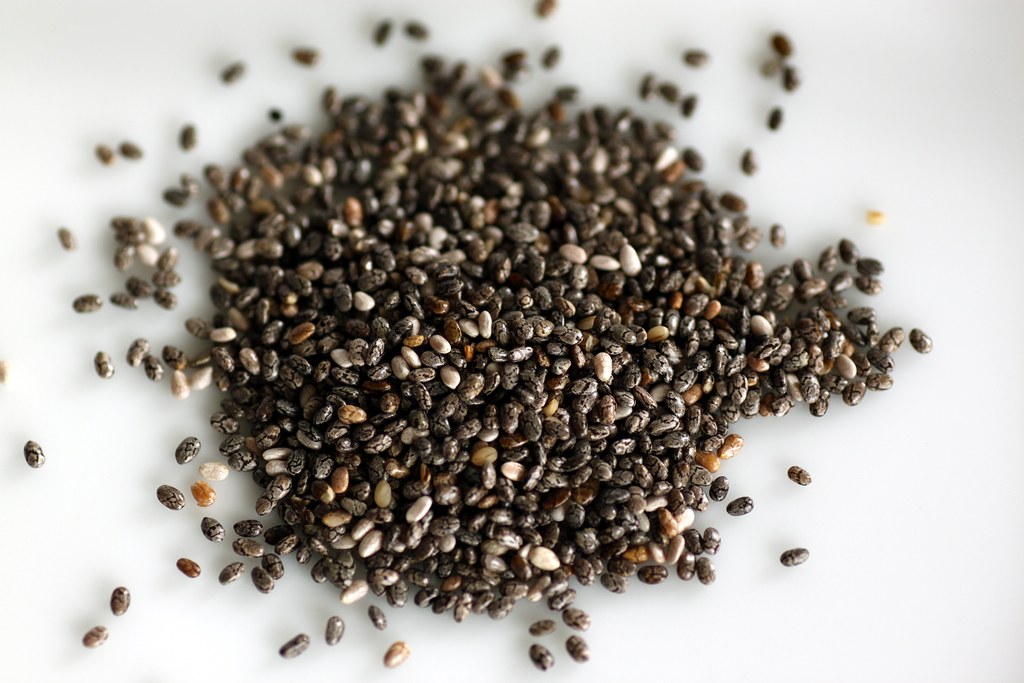
Why we love it: Both chia and flax seeds are rich in a vegan form of omega-3 fat called alpha linolenic acid (ALA), which is also highly anti-inflammatory. In addition to ALA, chia and flax seeds are both rich in fiber and fiber itself is anti-inflammatory. In fact, even just increasing fiber intake will lower C-reactive protein, which is another biomarker for inflammation (2).
Fast tip: If you go for flax seeds, you’ll want to make sure you grind the flaxseeds (a coffee maker will do a great job of grinding flaxseeds) or buy pre-ground flaxseeds in order to absorb the omega-3’s. Note: Chia seeds do not need to be ground in order to absorb the omega-3’s.
Buy the ground: We like organic ground chia seeds from Spectrum
Tasty recipe to try: This Mango-Lime Chia Pudding is pretty amazing.
Anti-Inflammatory Food #3: Acai

Why we love it: Acai is one of natures richest source of antioxidants with the highest known ORAC (oxygen radical absorbance capacity) of any known food. The higher the ORAC value, the more effective a food is at extinguishing free radicals, which are known to promote inflammation and also accelerate aging. To put Acai’s ORAC value in perspective, per 100 grams apples score a 218, bananas a 221, blueberries get 2,400 and acai scores an amazing 5,500!
Fast tip: Unless you live in the Amazon, fresh Acai is pretty hard to come by. However, freeze dried powdered Acai (we like Navitas Naturals), which is shown in the photo at the top of the page, and frozen unsweetened Acai packets (we like Sambazon) are easy to come by in natural foods stores or online. Note: Avoid sweetened acai products as sugar is highly pro-inflammatory.
Tasty recipes to try: A lot of healthy breakfast ideas incorporate Acai. We especially love this Acai Breakfast Bowl and Acai Power Smoothie for starting the day on a superfood, super anti-inflammatory note!
Anti-Inflammatory Food #4: Dark Leafy Greens

Why we love it: Calorie for calorie, dark leafy greens are the most nutrient-dense foods on the planet. They are loaded with highly anti-inflammatory chlorophyll and incredibly effective at cleansing and detoxifying the body.
Fast tip: Fresh greens are great, but there’s nothing wrong with frozen either! We use a variety of frozen greens (kale, collards, broccoli rabe, spinach, etc.) in green smoothies, soups, stews and even green popsicles (and yes, even the kids will eat their greens in frozen popsicle form!) We also highly recommend consuming your greens in freeze-dried powdered form too. Barlean’s Greens, Green Vibrance and Juice Plus+ are all high quality sources of powdered greens.
Tasty recipe to try: If you have not yet made a green smoothie, this “Beginners Luck Green Smoothie” won’t let you down!
Anti-Inflammatory Food #5: Turmeric
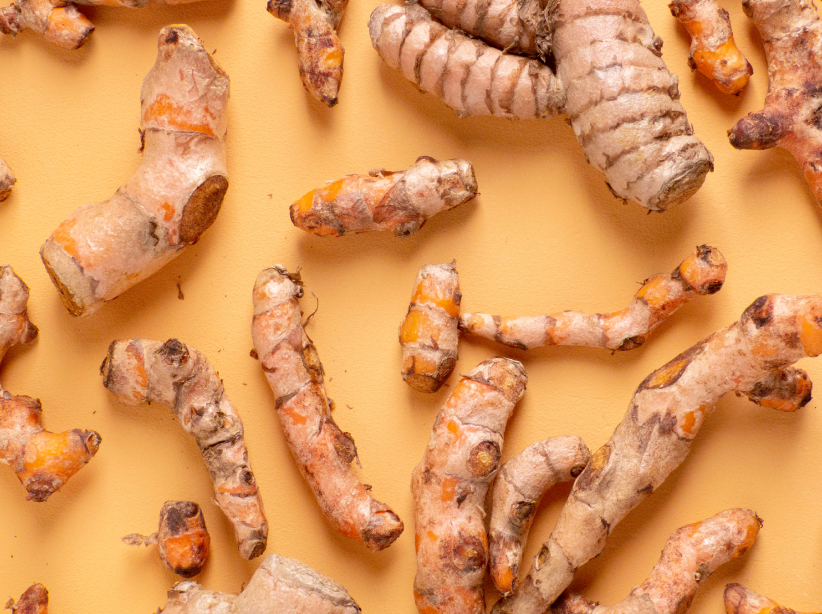
Why we love it: Curcumin is the most active phytonutrient component of the spice turmeric and has powerful anti-inflammatory and antioxidant properties. Impressive research also shows turmeric offers powerful protection against cancer. Although there are a number of turmeric and curcumin-containing supplements now on the market, eating the whole spice is still your best bet for optimal absorption.
Fast tip: In addition to buying turmeric in a dried spice form, did you know you can also buy fresh turmeric? Check out these 10 tips for cooking with fresh turmeric.
Tasty recipe to try: Our Turmeric-Charged Daily Detox Tonic is a surefire way to supercharge an anti-inflammatory diet.
References:
- S. Endres, T. Eisenhut, and B. Sinha, “n-3 Polyunsaturated Fatty Acids in the Regulation of Human Cytokine Synthesis,” Biochemical Society Transactions 23, no 2 (1995); 277-81.
- U.A. Ajani. E.S. Ford and A. H. Mokdad, “Dietary Fiber and C-Reactive Protein: Findings from National Health and Nutrition Examination Survey Data,” Journal of Nutrition 134, no 5 (2004):1181-85.



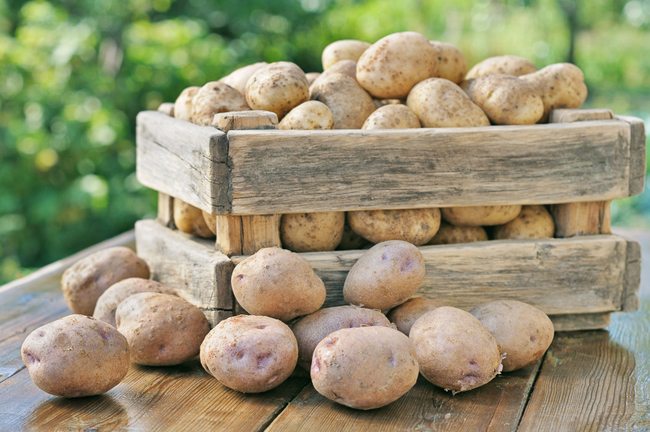
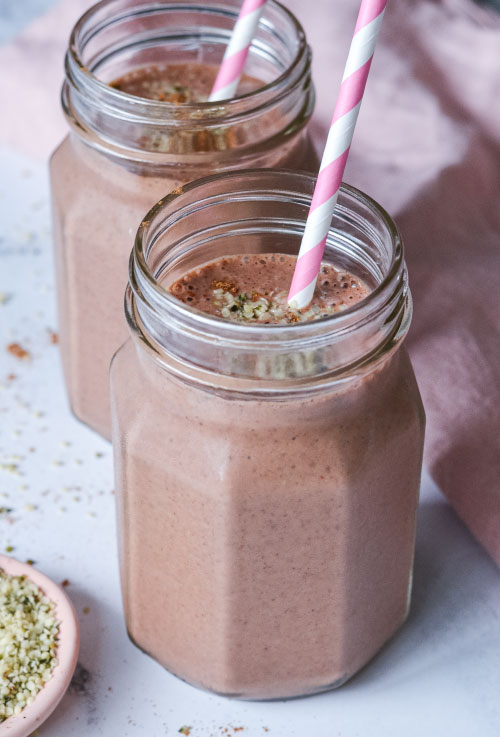
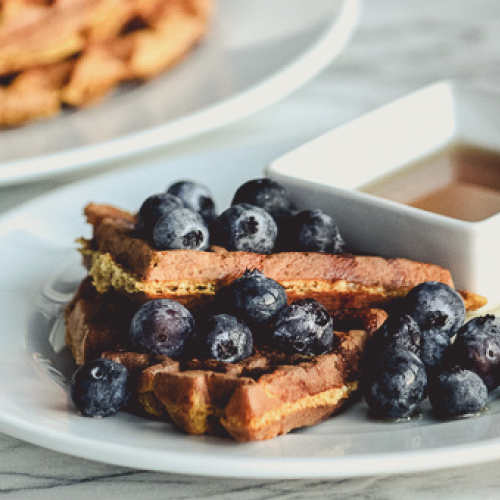
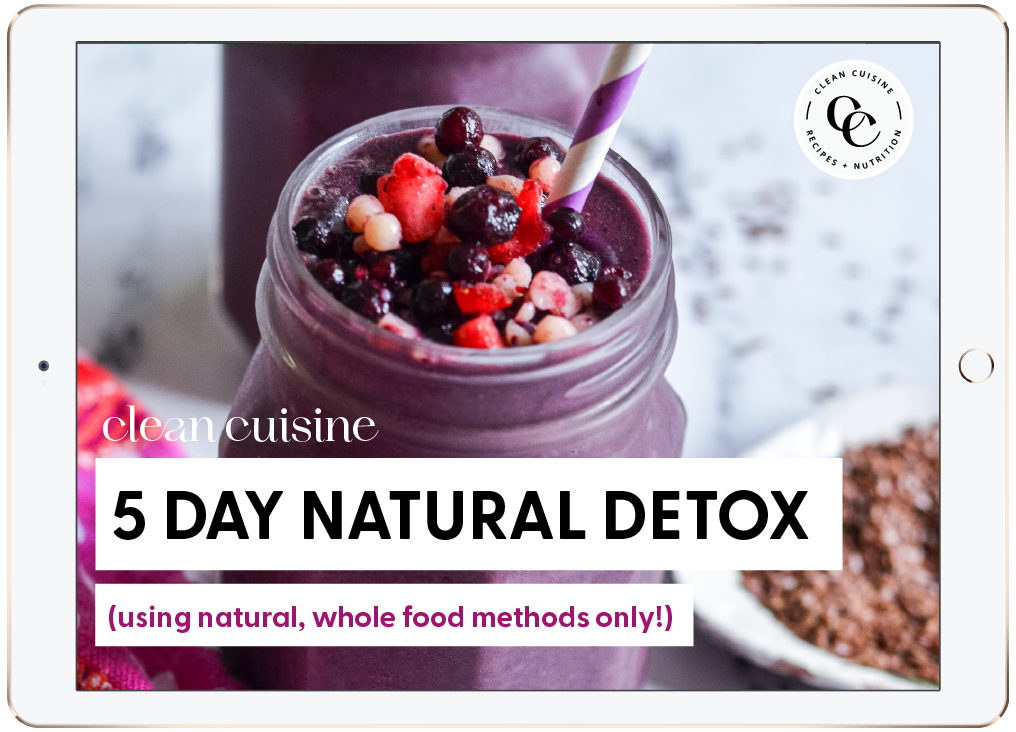
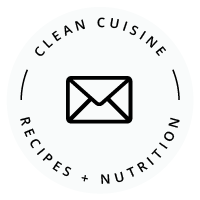
Denise Stetler
Monday 4th of April 2022
I really like this article. I have a question concerning vinegar. Why do I dislike the smell and taste of vinegar? No one can explain that one too me!
Aimee Harris Niedosik
Tuesday 3rd of May 2022
Denise, That is an interesting question -- vinegar definitely has a strong smell and it may be more acquired than anything.